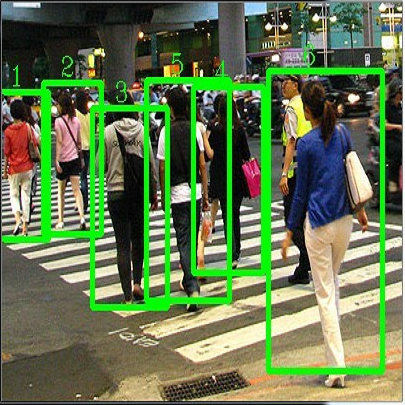Techniques for multi-target domain adaptation (MTDA) seek to adapt a recognition model such that it can generalize well across multiple target domains. While several successful techniques have been proposed for unsupervised single-target domain adaptation (STDA) in object detection, adapting a model to multiple target domains using unlabeled image data remains a challenging and largely unexplored problem. Key challenges include the lack of bounding box annotations for target data, knowledge corruption, and the growing resource requirements needed to train accurate deep detection models. The later requirements are augmented by the need to retraining a model with previous-learned target data when adapting to each new target domain. Currently, the only MTDA technique in literature for object detection relies on distillation with a duplicated model to avoid knowledge corruption but does not leverage the source-target feature alignment after UDA. To address these challenges, we propose a new Incremental MTDA technique for object detection that can adapt a detector to multiple target domains, one at a time, without having to retain data of previously-learned target domains. Instead of distillation, our technique efficiently transfers source images to a joint target domains' space, on the fly, thereby preserving knowledge during incremental MTDA. Using adversarial training, our Domain Transfer Module (DTM) is optimized to trick the domain classifiers into classifying source images as though transferred into the target domain, thus allowing the DTM to generate samples close to a joint distribution of target domains. Our proposed technique is validated on different MTDA detection benchmarks, and results show it improving accuracy across multiple domains, despite the considerable reduction in complexity.
翻译:多目标域适应技术(MTDA)寻求调整一个识别模型,使其可以广泛推广到多个目标域。虽然在目标探测方面提出了若干成功技术,在不受监督的单目标域适应(STDA)方面提出了若干成功技术,但将模型应用于多个目标域,使用未贴标签图像数据仍然是一个挑战性且基本上尚未探索的问题。关键挑战包括目标数据缺乏捆绑框说明,知识腐败,以及培训准确深度探测模型所需资源不断增加。后来的要求因以下需要而得到加强:在适应每个新目标域时,需要用先前获得的目标数据来重新培训一个模型。目前,唯一用于目标探测的MTDA 文献技术依赖于用重复模型蒸馏,以避免知识腐败,但不会在UDA之后利用源目标目标目标目标目标域的匹配。为了应对这些挑战,我们建议采用新的递增 MTDA 技术来检测目标域,可以将探测器一次调整到多个目标域,而不必保留先前获得的目标域的数据。我们的技术在升级时,将数据源有效传输到联合目标域域域的MTD图像,从而将数据传输到不断升级到升级的域域。



